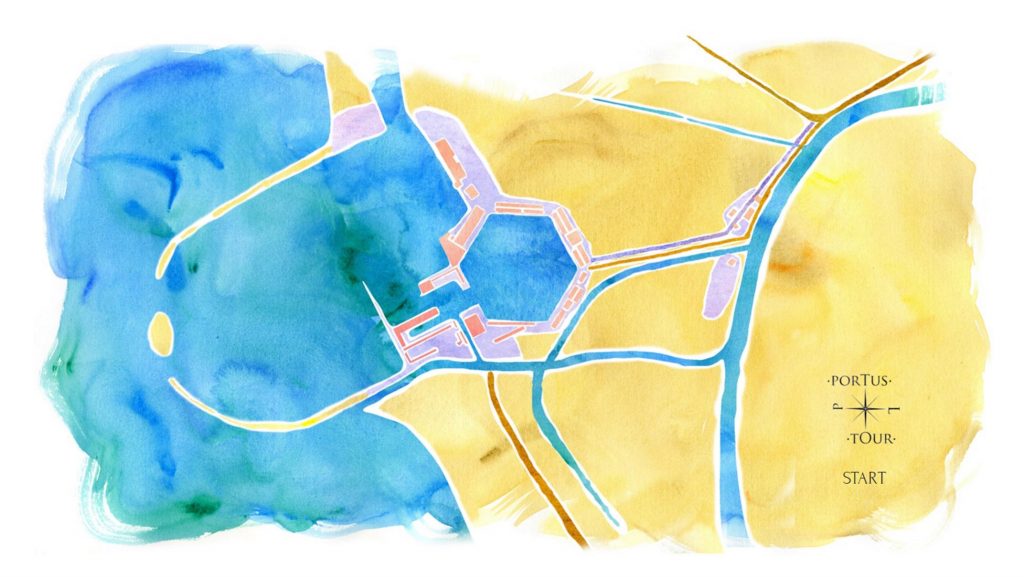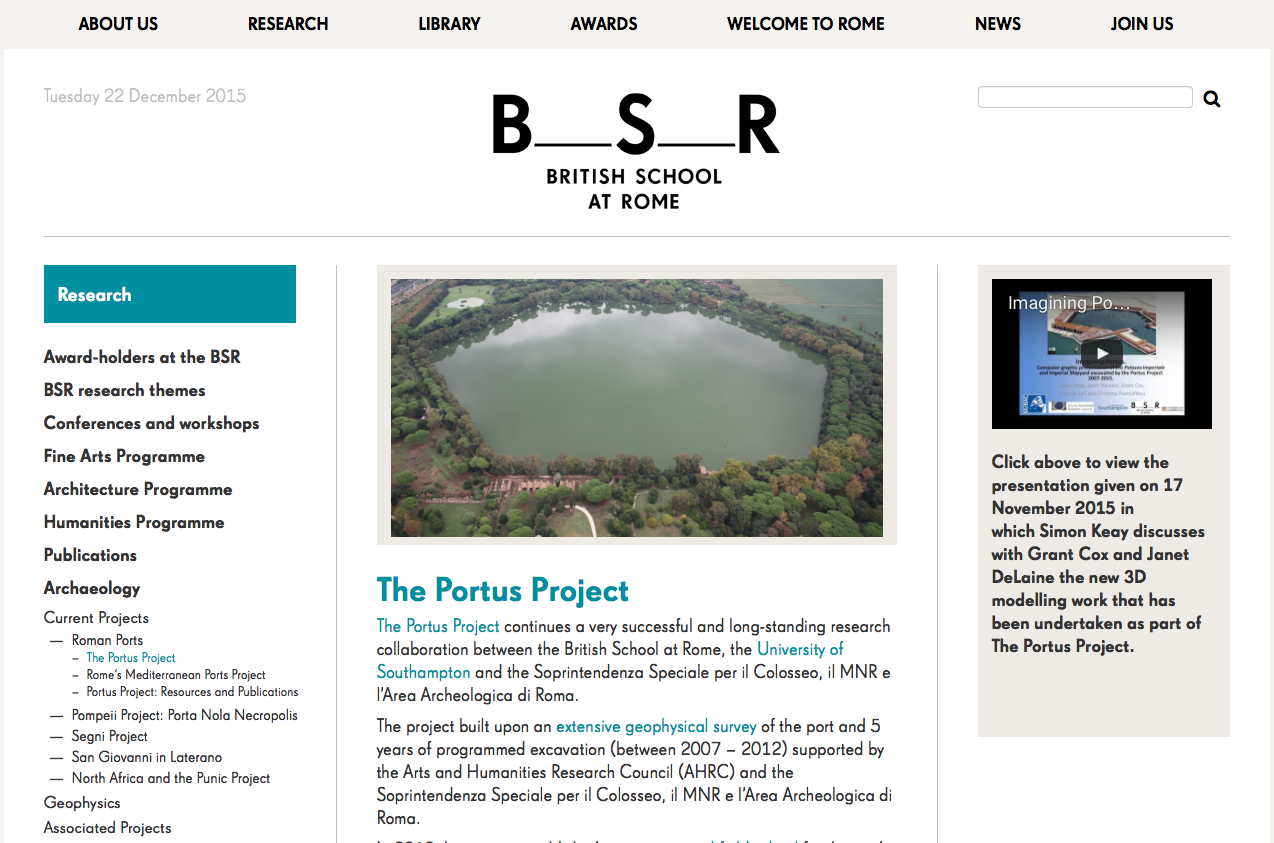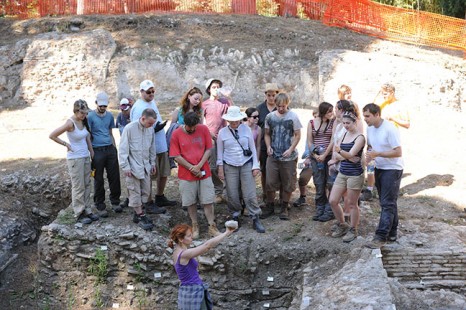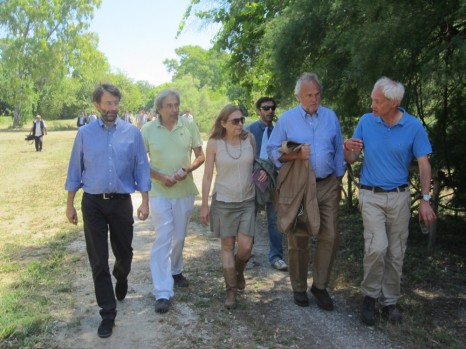We are pleased to launch a series of online tours produced by Peter Wheeler. Peter, with input from the rest of the Portus Project team, has created tours for the Claudian, Trajanic, and Severan periods, and for the Fifth to Seventh Centuries. There is also a tour providing a virtual visit to the archaeological site as it is today. Finally there is an interactive timeline for the site.
The tours are intended only as a first step and we have many additions and modifications planned.
Continue reading →





